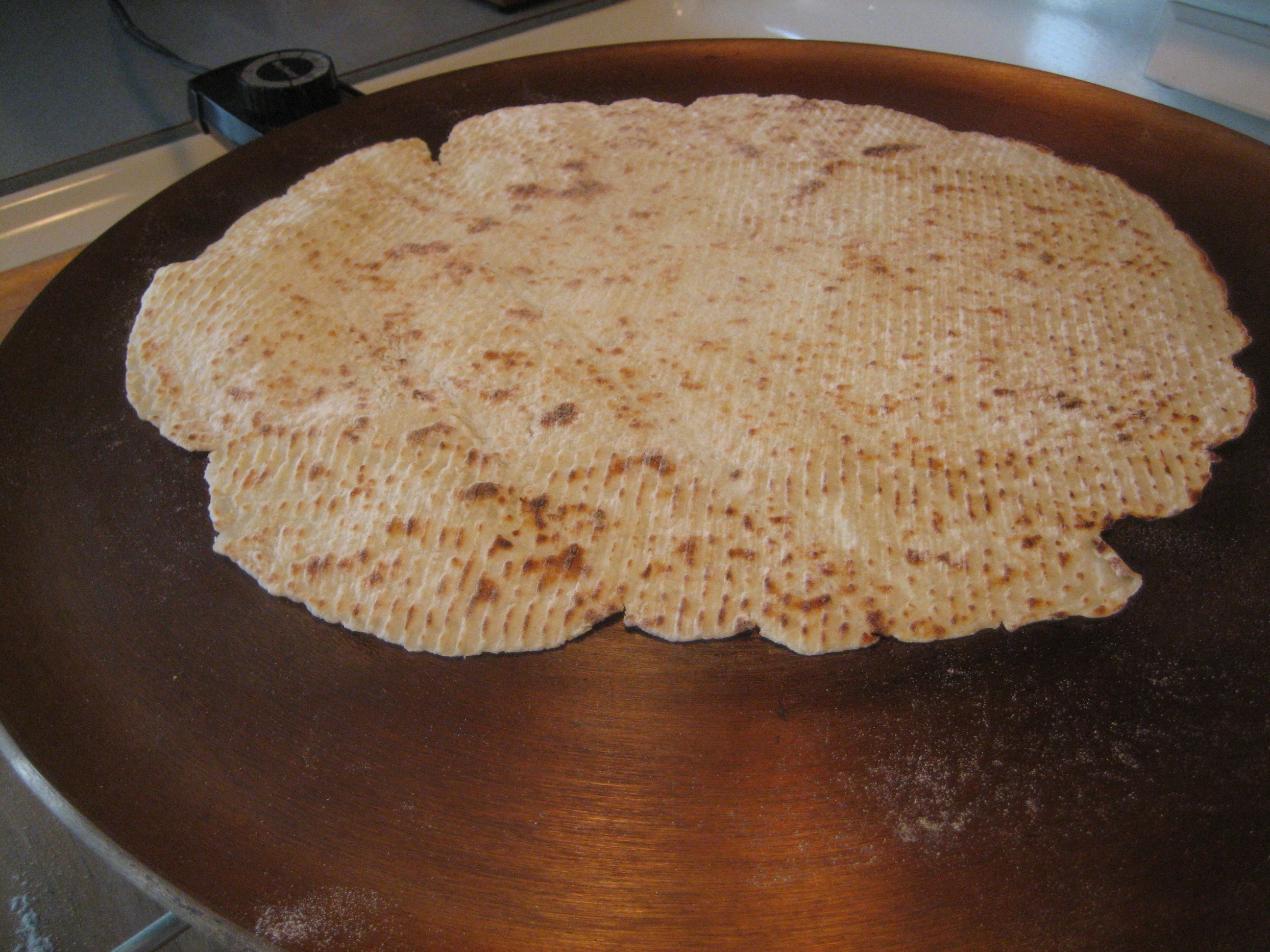The Most Popular Norwegian Christmas Foods
- 1 Comment
- by Emma
The Most Popular Norwegian Christmas Foods
Visiting Norway in December? You have to try some Norwegian Christmas foods! Christmas in Norway is a huge celebration and many choose to celebrate through their food choices. Many restaurants will switch to Christmas menus for the months of November, December and January, giving you plenty of opportunity to try classic dishes.
Here are the most common foods to try in Norway over Christmas.
In this article...
Ribbe
Click here for an image and recipe.
Typically, meat is eaten at Christmas. In older times meat was expensive so was reserved for special occasions (such as Christmas). It was also common to eat the entire animal and not let anything go to waste, so be prepared for some stranger meat options further down.
“Ribbe”, or “ribs”, is the most popular Christmas eve dinner all over the country. The ribs are typically pork and it is commonly eaten with sauerkraut, red cabbage, patties, sausages and potatoes. The dish became popular at the end of the 18th century when potatoes came to Norway and then it became more common to eat pork. Before that, pigs were not common because the feed was similar to human diet, so raising pigs was seen as wasteful. The potato solved this problem and paved the way for ribbe.
Pinnekjøtt

“Pinnekjøtt” is the most popular Christmas Eve dinner in Western Norway. The word literally means “stick meat” and is racks of lamb or mutton cured in brine or sea salt. It has a unique flavour that comes with the preservation methods of curing, drying and smoking. The technique is developed from the same method used to dry fish. You will see it in supermarkets but also at any Norwegian restaurant in cities like Bergen on the west coast.
Smalahove
Click here for pictures and a recipe.
If you are feeling brave you can try “smalahove”. It is a sheeps head, and it is rather literal. To create it, the skin and fleece of the head is torched, then the brain is removed, the head is seasoned with salt and then air-dried. The head is boiled until cooked. It was originally associated with the lower classes in Norwegian society and is more common in western parts of Norway. Some restaurants on the west coast do serve the full head, though you need to share it amongst multiple people.
Lutefisk

“Lutefisk” is THE Christmas dish. Lutefisk is made by mixing lye of potash and water and then soaking dried cod (stockfish) in it. Some claim it has a strong, pungent odour, but I think they’ve never had good lutefisk before. It is not smelly or slimy like people will tell you. I’ve been told so many times by people from the Mid-West that lutefisk is slimy, but it isn’t! I get it every year at Bryggeloftet in Bergen and find it very similar to eating regular cod. It is typically served with crispy bacon on top, making it even better.
It has been a popular dish since the 16th century when it was a common Catholic dish. Meat was always considered expensive, so it was reserved for special dinners (such as Christmas). You will find it at any traditional Norwegian restaurant or can take a look at a supermarket in the fresh seafood section.
Risengrynsgrøt
Click here for pictures and a recipe (in Norwegian)
“Risengrynsgrøt” is a hot rice pudding and is one of the more traditional dishes. In fact, in Norwegian folklore it is what the “fjøsnissen” barn gnome eats. The Fjøsnissen was a mischievous and slightly sinister character that was important when Norway was a farming community. You must stay friends with him; if he was treated well, the farm would be prosperous. If he got unhappy, bad things could happen such as him striking the dairy cattle dead. In the countryside, many people put a bowl or risengrynsgrøt and juleøl out for the barn gnome to eat. In Northern Norway, many prefer to have cloudberry cream instead.
Kransekake & Krumkake

Both are popular cakes over Christmas. You can buy miniature Kransekake in supermarkets, and you can also get Krumkake. Some pancake stalls at Christmas markets will sell Krumkake too.
Click here for a kransekake recipe and click here for a krumkake recipe.
Gløgg
Both are popular cakes over Christmas. You can buy miniature Kransekake in supermarkets, and you can also get Krumkake. Some pancake stalls at Christmas markets will sell Krumkake too.
Click here for a kransekake recipe and click here for a krumkake recipe.
Juleøl
It is possible to buy “juleøl” or “Christmas Beer” over the holiday period. They are typically released by the major beer companies.
Click here to see the “Best in Test” Christmas beers of 2022.
Julebrus

The most popular drink over Christmas is most definitely “julebrus”, or “Christmas soda”. Each drinks company makes its own and claims to be the best, though locals argue about which julebrus is better: the brown coloured julebrus or the red coloured julebrus. Every year the local newspaper will rank julebrus. Here is the “Best in Test” for this year.
Akevitt
Pepperkake
“Pepperkake” is the Norwegian cousin to the gingerbread cookie. Many parents bake them with their children, but every supermarket will sell them.












 Lefse is a type of Norwegian flatbread that is often (but not always) made with potatoes, flour, butter, and milk. It has a similar texture to a thin pancake and is often eaten with butter, sugar, cinnamon or brown cheese on. Norwegian-American variations may add peanut butter, corn syrup or ham and eggs. More on that later.
Lefse is a type of Norwegian flatbread that is often (but not always) made with potatoes, flour, butter, and milk. It has a similar texture to a thin pancake and is often eaten with butter, sugar, cinnamon or brown cheese on. Norwegian-American variations may add peanut butter, corn syrup or ham and eggs. More on that later.





